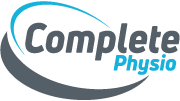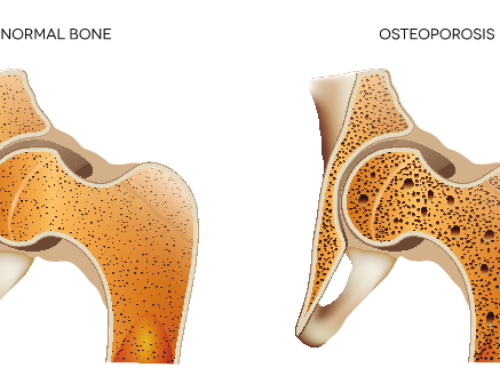Having a caesarean is a big operation so it is important to make sure you take the time to recover from it well. The important thing to remember is that everyone is different and it may take you longer to heal than someone else you know.
It is also important not to underestimate the emotional recovery process you go through. This is particularly important if you have had an emergency c-section. It is very easy to prioritise your new baby needs above your own, but ensuring you recover well will only help your family.
The important thing is to talk about it. You know your body better than anyone so never be afraid to speak up or ask questions.
We are lucky to work with some amazing pelvic health physiotherapists and soft tissue therapists who give us their top 5 tips for recovery following a c-section.
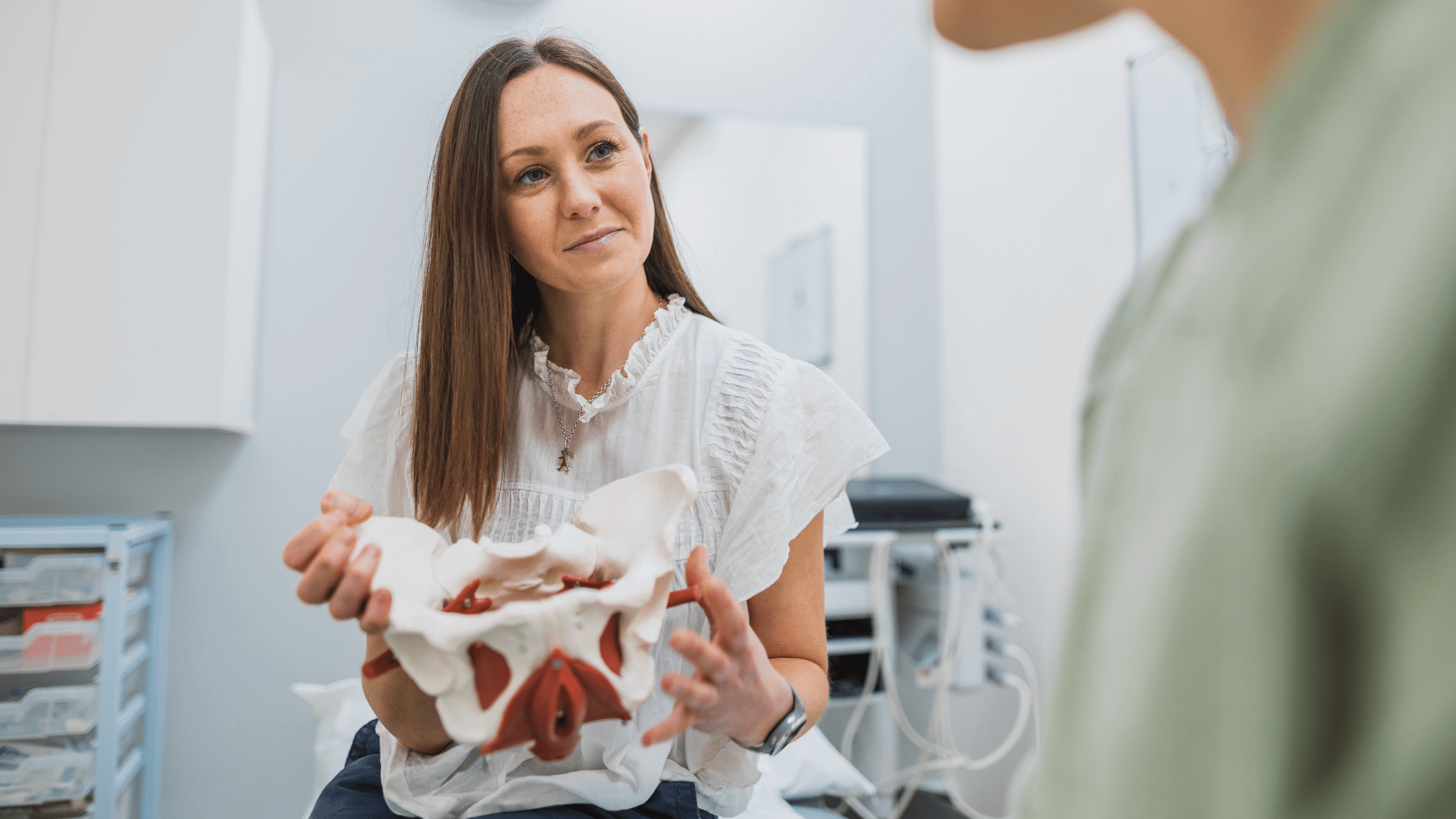
1. Look after your scar
After you have had your c-section, the biggest thing we need to make sure we look after is your healing scar.
When you leave hospital, you will have a dressing covering it and will likely be given a few spares. However, if you think the dressing needs changing, please do ask your health visitor or midwife. They will be able to give you practical tips and make sure the wound is healing well.
Once the dressing has been removed, you need to make sure you keep the wound clean and dry.
Try to avoid soaps and creams over the area and wash with plain water. After you come out of the shower, pat the wound dry as opposed to rubbing it so that you don’t break off the scabs.
It is really common for your wound to start to itch after a week or so as this is often the sign you are healing. However, please do flag up any redness or pain around the area to your health visitor so that they can check the wound carefully.
2. Work with your scar tissue.
Whenever a cut heels it forms scar tissue.
This is fibrous tissue which forms when normal tissue has been damaged and is part of our normal healing process.
After 4-6 weeks, it is important to start working through the scar. This means doing scar tissue mobilisations and massage.
This is great for helping desensitise the scar tissue and ensuring the area is moving well. This makes sure that it does not adhere (stick) to any of the underlying tissue. This is really important as it ensures good mobility around the area as well as allowing the muscles to work to their full capacity.
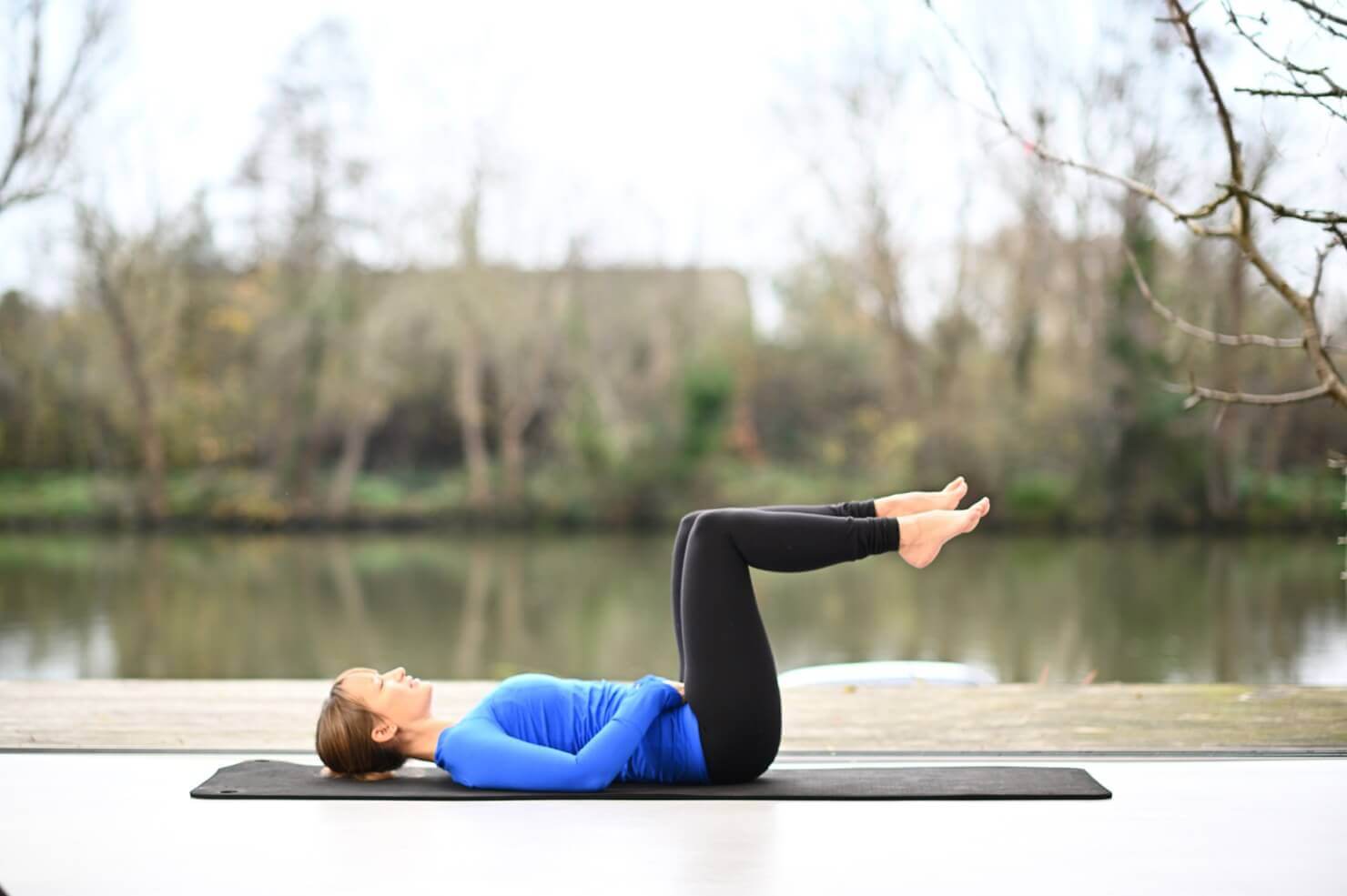
3. Remember your pelvic floor exercises.
Even though you’ve had a c-section, it is just as important for you to do your pelvic floor exercises following the delivery of your baby.
Even though you have not had a vaginal delivery, for 9 months you baby has been putting a lot of downward pressure on your pelvic floor which can cause a lengthening and weakening of the tissues.
When doing pelvic floor exercises, it is about lifting up through your back passage, as if you are stopping wind. Keep lifting and imagine you are lifting through the front, as if you are stopping yourself passing urine. Hold everything up and then slowly, letting everything fully relax.
The goal is to build up to 10 x 10 second holds, as well as doing 10 quick hold and relax.
We recommend that you do these exercises 3 times a day.
We understand that it can be really difficult to remember when you are tired and running around after your baby or other children. Because of this, we advise you try and time it in with something that you do frequently.
Brushing your teeth is a great because it is at least twice a day!
You can also do this when you are preparing meals or breastfeeding.
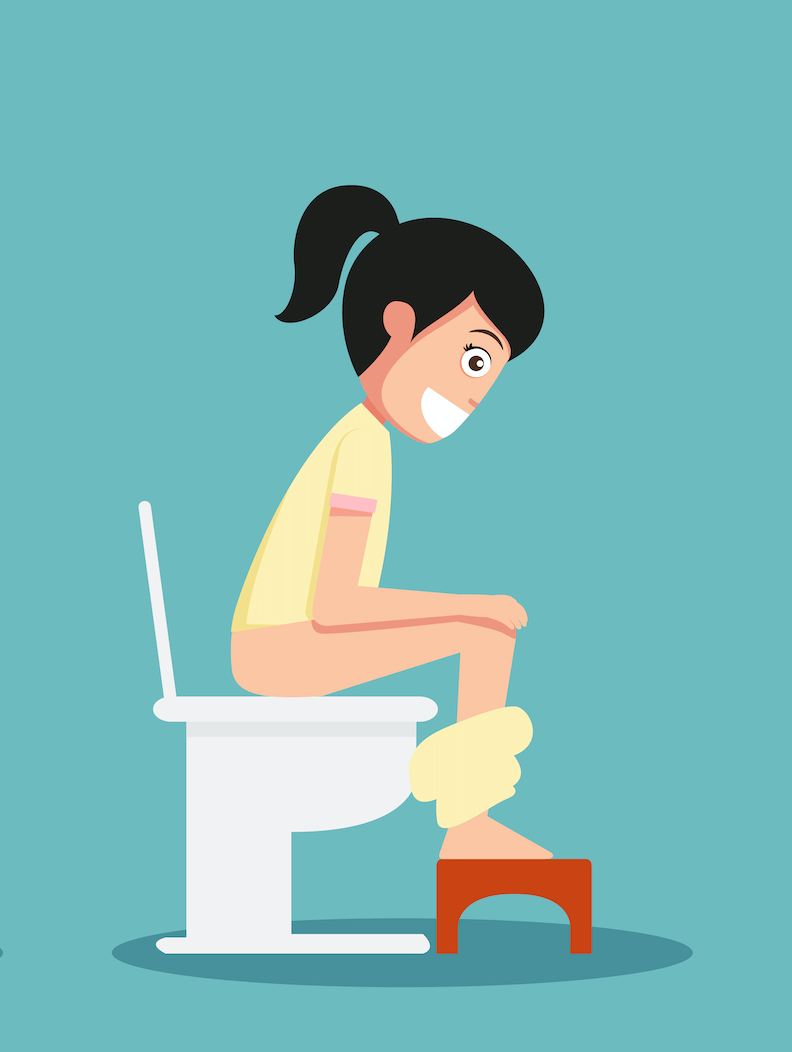
Constipation can be really common following both a c-section and vaginal delivery.
Maintaining a healthy diet will help you have enough fibre to help you pass faeces more easily. Ensuring that you keep a high fluid uptake, eat lots of fresh fruit and vegetables and adopt the ‘squatty potty’ position, can help all of this.
By avoiding constipation, you will also avoid unnecessary straining and increasing the pressure through the healing scar. This will continue to promote healing of not only your scar, but also your pelvic floor.
4. Returning to exercise
It is really important to keep moving around after surgery to help prevent blood clots For the first 6-12 weeks after you’ve had your baby, it is important to take things slowly and listen to how you feel.
Letting your body heal is more than just seeing the scar getting better. To heal you need to make sure you are eating a well-balanced diet, keeping your fluid intake up and generally taking time to rest, recover and heel. This is also important for when you are increasing your activity levels.
Within the first 6 weeks, start exercising by building up your walking tolerance and beginning your pelvic floor exercises.
Most women will experience pain for a few days or weeks after a c-section. It is also normal to experience vaginal bleeding. The important thing to remember is that activity should not create pain or increased bleeding.
Think of your first 12 weeks as your rehab period where you can build up strength and mobility.
Start doing some loading exercises such as weights, as well as beginning graduated impact training, particularly if you want to get back to running or HIIT training.
If you do want to get back into impact training, try building up the following:
- Mountain climbers: straight line and legs in/out
- Double leg jumps with a break in between
- Jumping forwards to land
- Jumping backwards to land
- Jumping sideways to land
- Jumping repetitively on the spot
- Hopping
This is not an exhaustive list but hopefully gives you an idea that there are a few stages to go through before you start running.
It is important to be able to do all of these things without any symptoms such as:
- Leaking
- Pain around the pelvis
- Dragging or heaviness throughout the vagina
- Increased bleeding
If you are noticing any of these symptoms, this is the opportunity to bring it up with either your GP or pelvic health physio.
The sooner you get an assessment and treatment, the better the outcome.
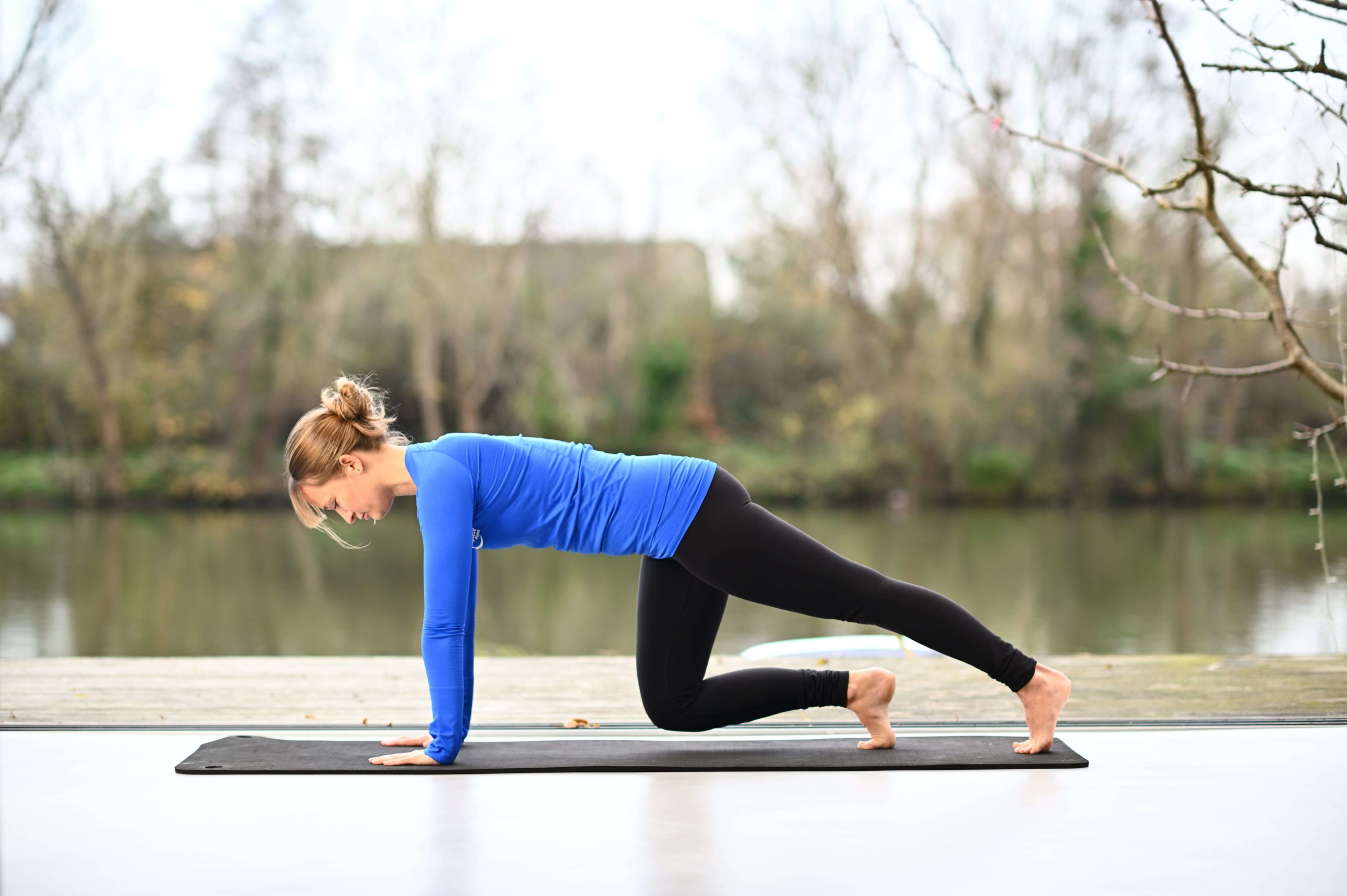
5. Remember your breath and motion is lotion
Within the first few weeks after you’ve had your baby, the general advice is that you don’t lift anything heavier than your baby. This goes for exercise as well.
When we do any heavy lifting, we increase the intra-abdominal pressure and create more stress and strain on to the tummy. This is particularly important as this is where your healing scar is. It takes time for the underlying tissues to heal well so this will help protect them.
It is ok to move things around and we understand this can also be difficult if you have more than one child.
When you are lifting, bending, moving, or exercising, try to make sure that you keep breathing!
This is not only a great way of ensuring that you do not brace, so you work your core and pelvic floor properly, it is also really important when it comes to your posture. If you find that you are holding your breath, it is likely that the activity you are doing is too heavy, or too hard at this time!
Try to vary the position you are adopting throughout the day and remember that ‘motion is lotion’!
This means that instead of sitting or standing still, try to shift and move. If you are sitting a lot, try to move every 30 minutes or so. This could be as simple as sitting up straight, slouching or even crossing your legs
As a new mum, the likelihood is that you are running around and jumping up and down like a yo-yo. So just remember, keep breathing!
What to do after a c-section
Hopefully we have answered this question! However, if you have any concerns or questions, please reach out or speak to your GP or health visitor.
Knowledge is power so if you have any questions about returning to activity, or how to help your body recover, please feel free to get in touch.
For more information or to book a physiotherapy appointment please call 020 7482 3875 or email info@complete-physio.co.uk
Don’t let pain hold you back, book now!

